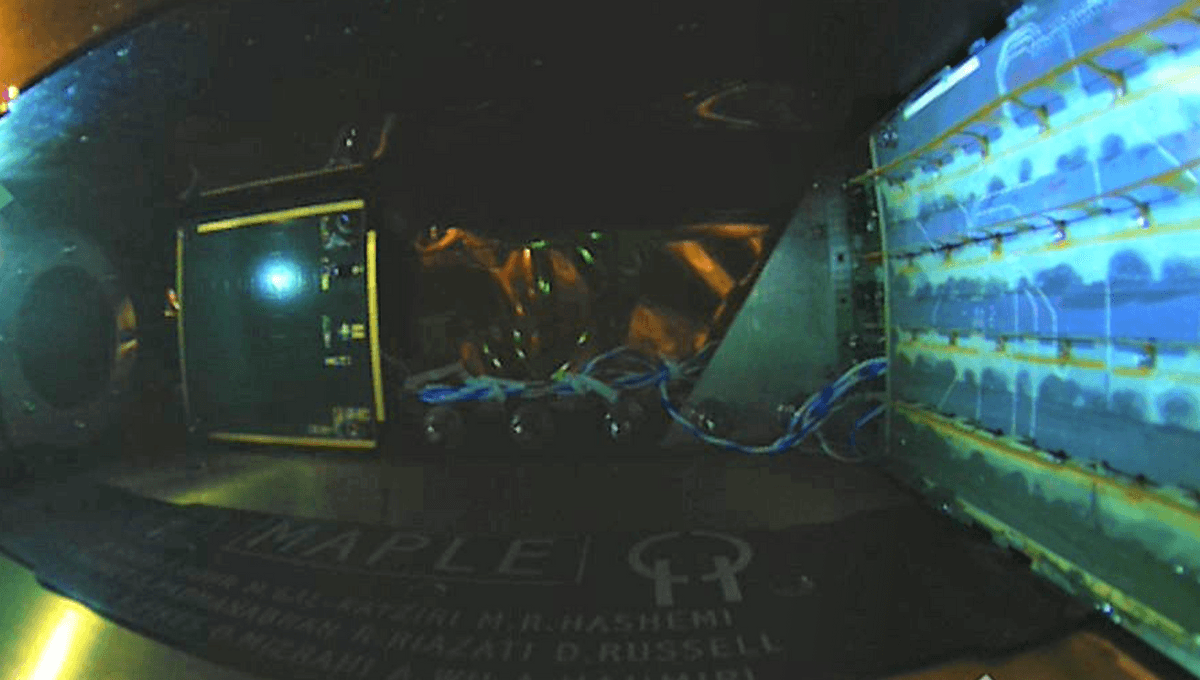
Caltech engineers claim to have successfully transmitted energy from solar panels in space back down to earth in a possible breakthrough for the future of energy generation. Powered by an experimental solar probe, the energy was wirelessly transmitted in space before being beamed back down to a receiver on earth, proving that an orbital solar farm could be possible.
Humans are currently going through an energy crisis of our own making. Our reliance on fossil fuels and short-term gain has left us open to global shortages as we balance the desperate need to reduce emissions with the energy demands of an increasing population, and the only sustainable option we now have is renewables or nuclear energy.
Solar energy is an excellent option, but it has some obvious drawbacks. It doesn’t produce energy at night and significantly dwindles during periods of bad weather, so it isn’t exactly reliable unless we can store large amounts of energy to be used during those periods – which is its own problem, as batteries are incredibly expensive.
Except, there is one place that has constant sunlight: space. If we could stick a huge solar farm up there, it could pump electricity out all day and all night, regardless of weather or other earthly constraints. Now we just need to work out how to get that energy down to us.
And so began the race to wirelessly transmit power from orbit to Earth, and Caltech scientists claim to have been the first to do so. It involves three key technologies that make up the Space Solar Power Demonstrator (SSPD-1), with the one recently tested being the Microwave Array for Power-transfer Low-orbit Experiment (MAPLE). MAPLE consists of an array of transmitters that can beam energy towards a specific direction, and is the important part of the wireless energy transfer.
To do so, MAPLE receives transmitted energy, converts it to direct current (DC), and then uses it to power LEDs in sequence to demonstrate all is going well. When tested with their experimental satellite in orbit, MAPLE was able to receive energy directed towards it in space and then direct it back towards Earth, where the researchers at Caltech picked it up.
The team claim they are the first to do so and have succeeded with a lightweight, cost-effective solution as compared to rigid, expensive solutions explored elsewhere. One of the biggest takeaways from their experiments is that their complex electronics can survive the trip up to space and can work in the harsh conditions of orbit, further providing evidence this solution could work.
“In the same way that the internet democratized access to information, we hope that wireless energy transfer democratizes access to energy,” says lead researcher Ali Hajimiri, Bren Professor of Electrical Engineering and Medical Engineering and co-director of SSPP, in a statement.
“No energy transmission infrastructure will be needed on the ground to receive this power. That means we can send energy to remote regions and areas devastated by war or natural disaster.”
Source Link: Solar Energy Transmitted From Space To Earth In World First